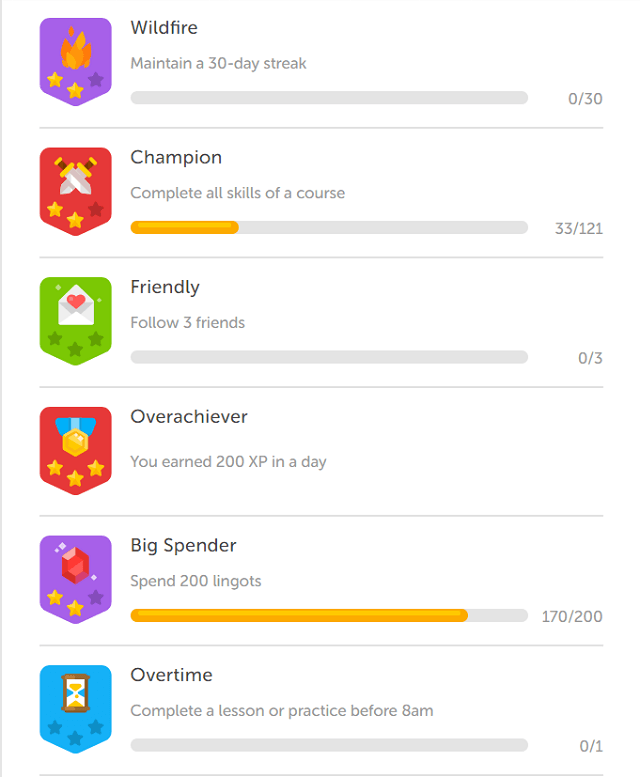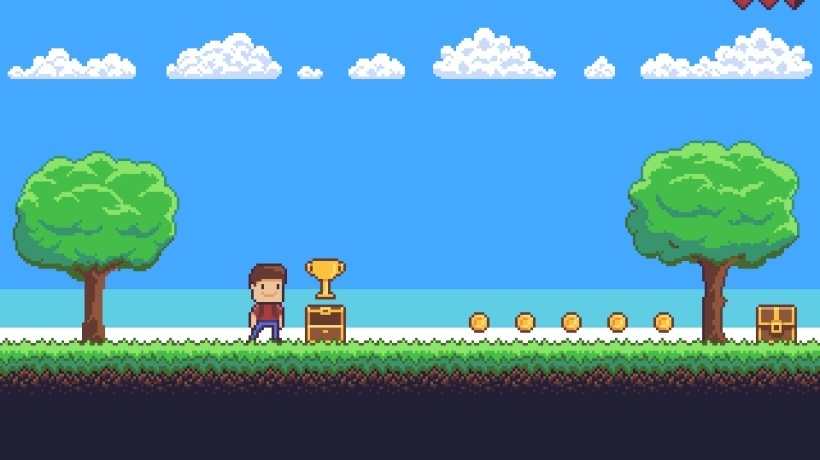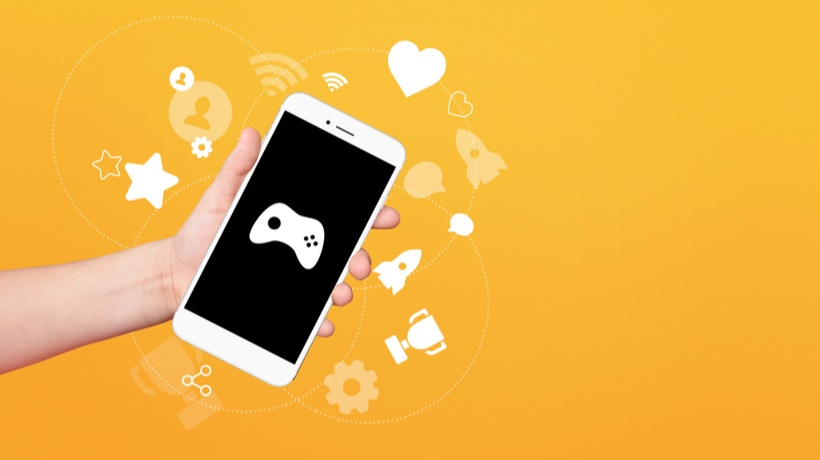Popular Gamification Features - And Examples
You know what the children don’t like about schools? Schools are boring.
Now imagine you are building an educational app. And you want to teach an adult something in the same way. Without having the obligation to learn, bored users will run from you faster than you can say “bankruptcy”.
Gamifying learning has long been a popular way to make studying fun. There already are examples of successful use of this approach. Zan Gilani, associate product manager at Duolingo, credited it as a major factor that made their product top dog (over 200 million subscribers) in their niche.
In this article, we will examine the most popular gamification features and examples of their use by famous apps as well as by lesser-known companies.
1. Progress Bar
It is a great way to show the user how much… well, progress they have made. Filling it is gives a rewarding feeling and motivates the learner. Progress bars can show both the process of practicing on a specific assignment and the total coursework. It is rather simple to implement, but beneficial nonetheless.
A progress bar is better than a simple indicator (“50% of the course complete”) because it is visual. The user doesn’t need to pay it a second thought to understand how far they’ve already gone.

Progress bar in a typing exercise
2. Achievements
People like rewards. Even if the reward is just a pretty picture somewhere on the internet. Achievements are a way of giving your user a prize for doing something great, like studying for 10 days in a row or completing 15 assignments without errors. This is both pleasing (like getting a gold star in primary school) and useful, as it encourages users to do things that are beneficial for their learning.
It is important that the achievements are well designed. Otherwise, they might motivate users to do something that makes studying more fun, but less effective.

Achievements in Duolingo
3. In-App Currency
Besides being a great way to motivate users, this is a potential source of income for the company. If achievements are not motivating enough, earning “money” can give users something to strive for. Sometimes “points” are enough by itself, just to give a learner something to brag about. Examples include “experience points” or levels like in an RPG.
But it is even better if the user can spend the in-app currency on something tangible, like fun extra lessons or cosmetic items for the mascot. You can also sell this currency for real money to get another source of revenue.

Points in Mondly
4. Leaderboard
Adding a competitive aspect to an app will make your users work hard to outdo one another. Which is, unsurprisingly, an important factor in learning efficiency. There could be separate leaderboards, depending on how many courses/countries/departments you need to engage.
It is important that the leaderboard shows people’s successes, but doesn’t shame them for failures. Otherwise, it can have the opposite effect and drive people away from your product.

Leaderboard in Mondly
5. Actual Games
“Gamification” and “game-based learning” are different concepts. Gamification means adding certain game elements to a non-game situation. “Game-based learning” uses games to create or enhance the learning experience.
Nevertheless, it wouldn’t hurt to add real games as a form of a quiz or an exercise. Besides being a diversion from the usual tasks, a game helps learners immerse themselves in the topic thus making their studying more productive.
If you decide to go all-out game-based, you can also employ storytelling. It gives users another incentive to study – most would hate to be left at a cliffhanger in the story.

Talent LMS mini-game
Conclusion
Progress bars, leaderboards, in-app currency, and achievements are a quick and easy way to gamify an eLearning project. By our estimation, implementing all of these features in a new mobile app would take about 100-144 production hours. However, this would be an investment that would pay off in user loyalty and satisfaction.







